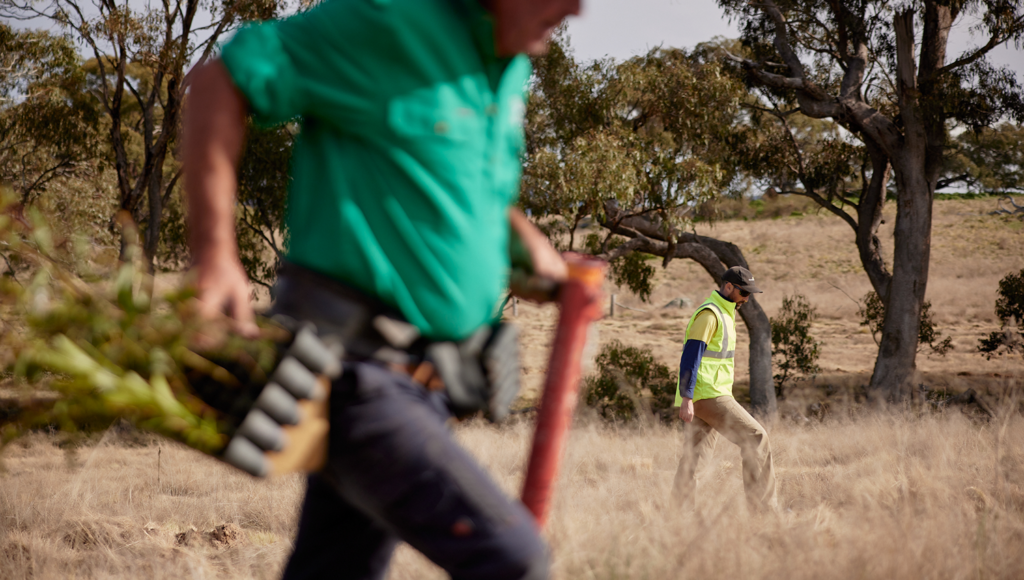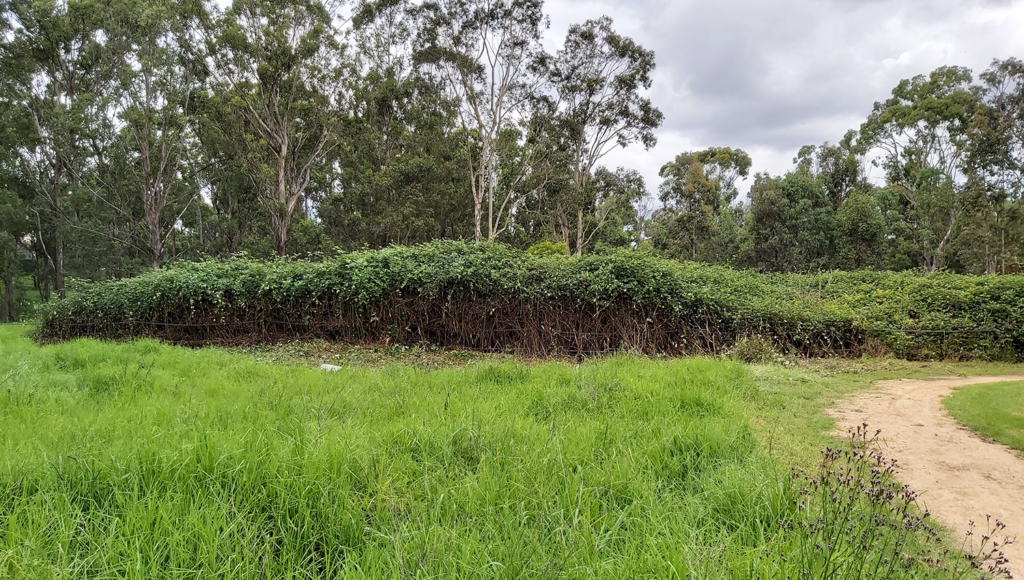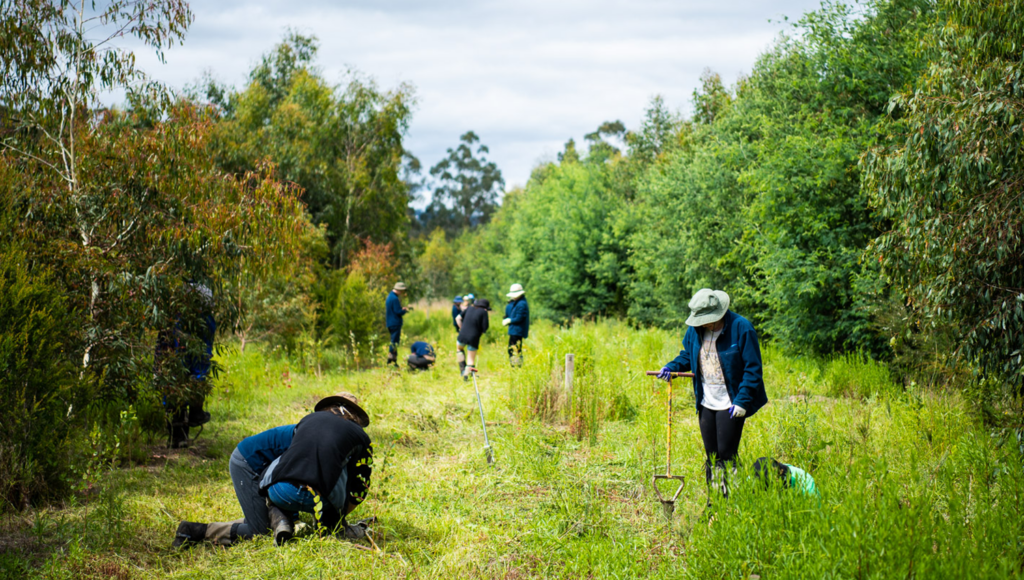The Clean Energy Regulator’s updates to the ‘Reforestation by Environmental or Mallee Plantings FullCAM Method’ at the end of 2024 marked a significant step in the ongoing evolution of Australia’s carbon credit market.
Now we’ve had time to digest the changes and start applying the new Environmental Planting Method to carbon projects, here’s our take on 5 key changes you need to be across.
1. Site preparation and planting can now begin as soon as a project application is submitted
Under the previous 2014 Environmental Planting Method, our operational teams had to wait up to 90 days after lodging an application before work could commence on the project. Because we work to nature’s schedules, which are variable, having a set waiting period could compromise flexibility to deliver projects; for example, in making the most of ideal seed collection periods or planting conditions. The new Method allows us to get started on a project as soon as the application is submitted, allowing for longer lead times, better planning and procurement, and ultimately a more successful project.

2. Commercial seed harvesting from a project is now possible
The new 2024 Environmental Planting Method allows for some harvest (up to 20% each calendar year) of native seed from the planting site, so long as carbon and biodiversity values aren’t compromised. This enables a potential additional income stream that may support the business case for projects. In the long-term it may also support a significant increase in the amount of native seed available to meet the nationwide demand, reducing the need for wild harvest.
3. Weeds can be replaced with native plantings as part of a carbon project
Under the previous Method, sometimes landholders who approached us weren’t eligible for carbon projects because large weeds on their property had established forest cover. This disincentivised the removal of weeds and was a barrier to new native plantings. The new Method allows for many environmental weeds, such as Blackberry, Lantana and Gorse, to be cleared as part of a carbon project and then replanted with native forest.
This is great news for landholders as it means they can now sign up to a carbon planting and get help with controlling weeds that may affect the health and quality of their land and livestock. It’s great news for investors because it’s yet another co-benefit added to the pile of positive outcomes they support when they buy high integrity carbon credits. And it’s great news for the country in general, since weed infestations cost Australians millions in controls and lost land productivity.

4. Additional planting (AKA ‘infill planting’) to support wildlife and biodiversity is now formalised
The new Environmental Planting Method has clarified previous guidance around infill planting and formalises the ability to undertake biodiversity enhancement planting into projects that are otherwise achieving carbon compliance. This means that over time we can return and add additional species or vegetation structure complexity to the planting to promote diverse habitats for wildlife and biodiversity overall. This is excellent news for organisations like ours that undertake carbon plantings with the aim of restoring ecosystem function – and for investors who want to support high-integrity carbon credits or projects with verifiable co-benefits for nature.
This change ties in with another alteration in the 2024 Environmental Planting Method acknowledging the development of the nature repair market, which means registering the carbon planting for nature repair credits can be considered, once this new market comes online.

5. A Reforestation Management Plan is now required
Under the new Method, many of the record-keeping and reporting requirements must now occur through a reforestation management plan. The plan must be submitted right at the start, along with the project application, and must be maintained and updated for the duration of the project.
While this doesn’t represent a change in how Canopy plans all our projects, we believe this mandatory planning for all environmental planting carbon projects will increase the quality and transparency of implementation across the sector, and lead to generally higher quality outcomes.
Want to start a carbon project or purchase credits?
At Canopy, we support businesses, government and private investors to take action on climate change and biodiversity loss by helping them develop high impact nature-based projects and/or buy high integrity environmental credits. Speak to us today about how we can help you meet your goals.
Note: This article provides a general overview of some of the method changes. For specific project requirements, always refer to the official methodology determination and seek professional advice.

